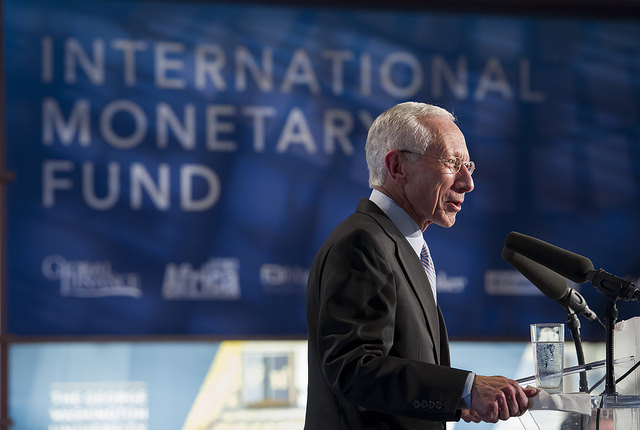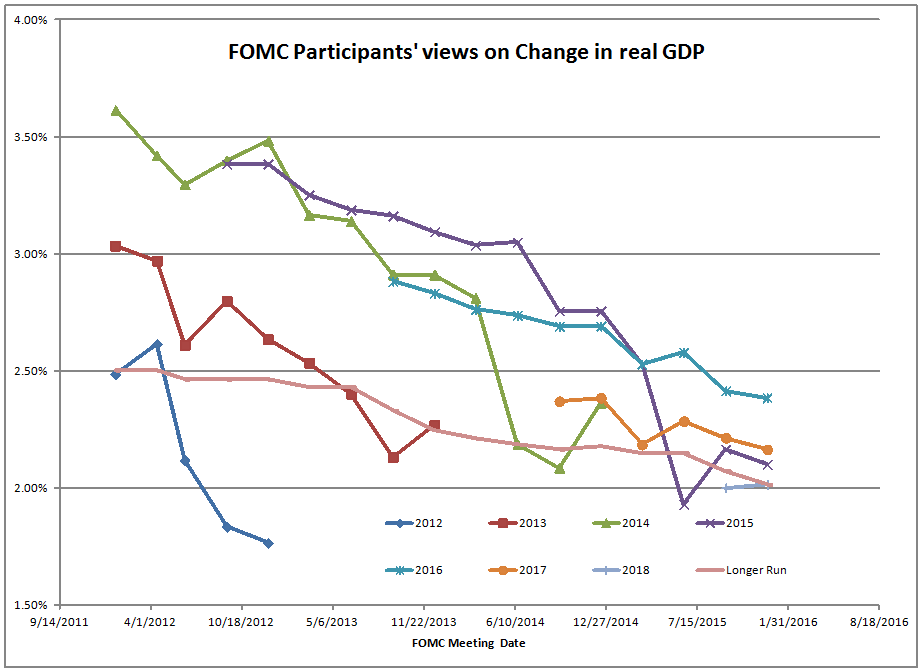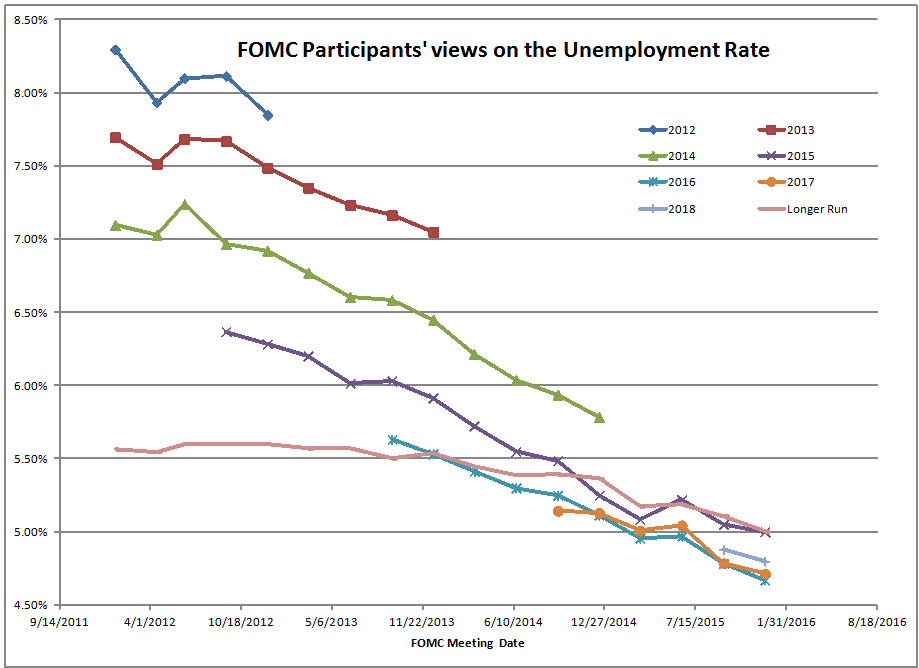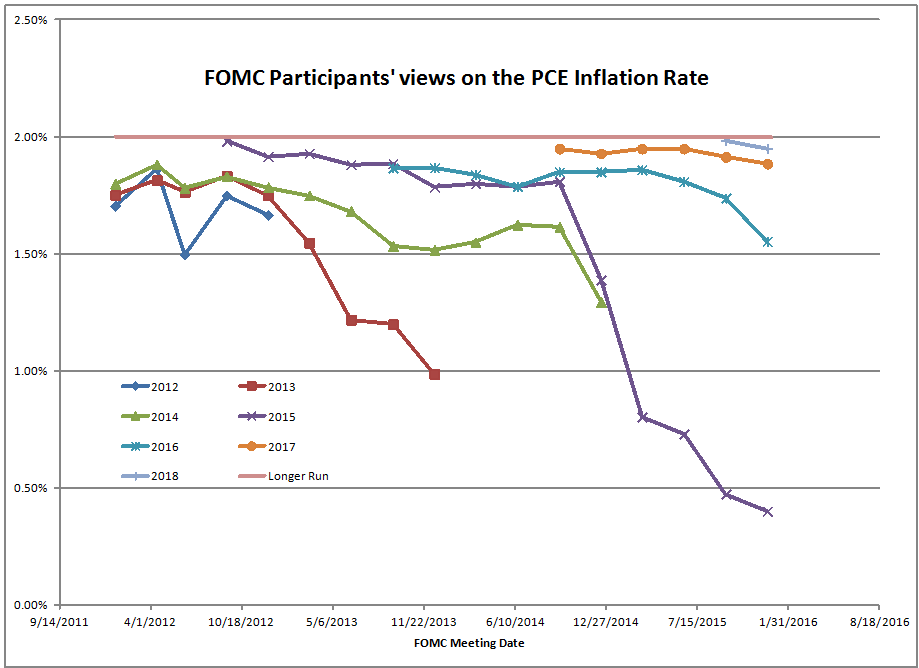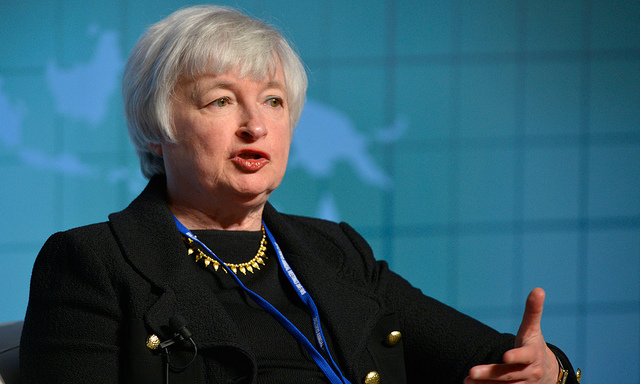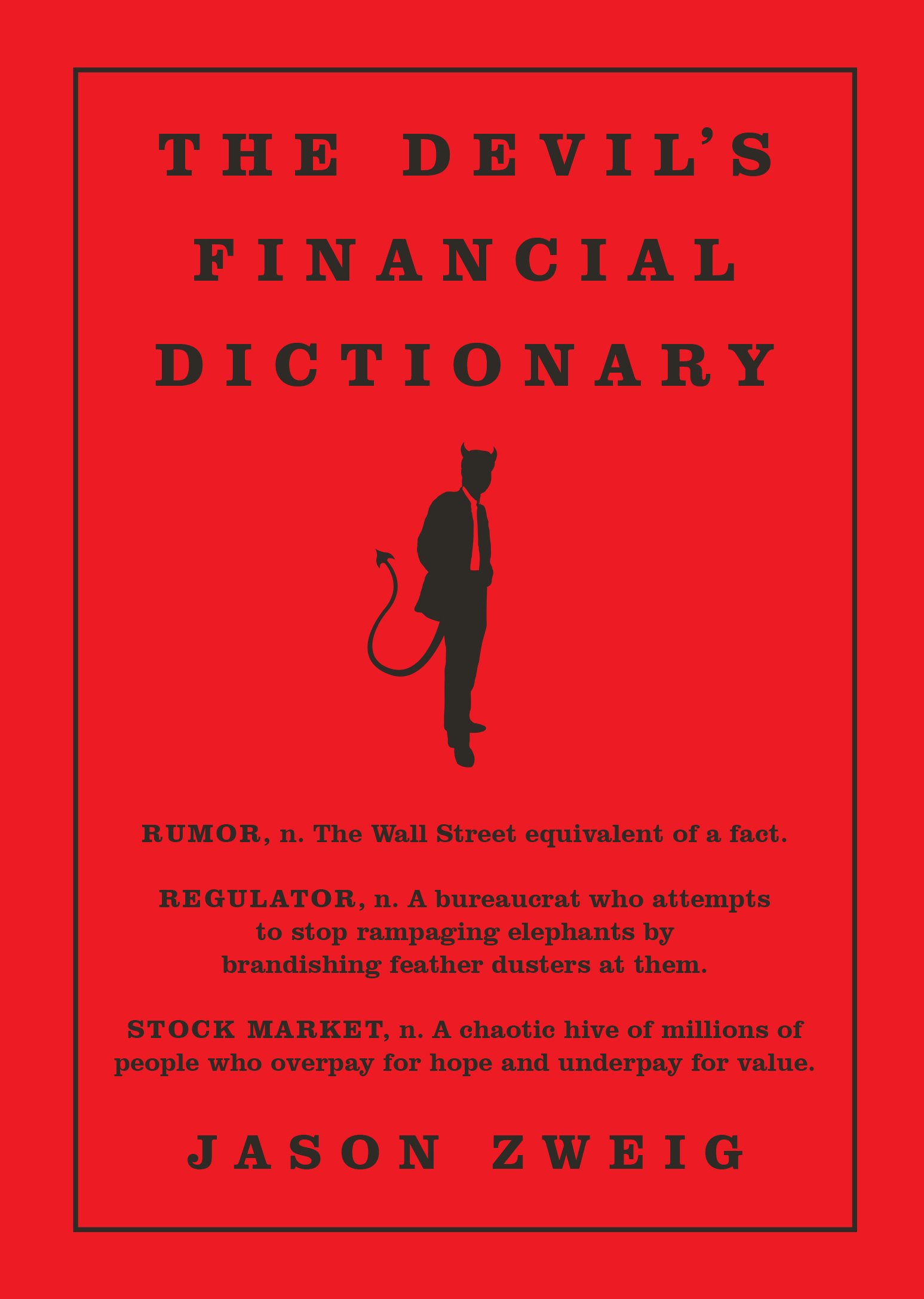Response to “In Hoc Anno Domini”

The Word of God is powerful, as it says in Hebrews 4:12.? That?s why even those that do not believe the Bible will use it on occasion to buttress their positions, whether it is:
- Cults that use Psalm 46:10a (?Be still, and know that I am God?) to tell people that they are really God themselves.
- Muslims that try to tell us that the promise of the Holy Spirit in John 14:15-27?really promised Mohammed.
- Advice columnists that can only misapply the verse, ?Judge not, that you be not judged.? (Luke 6:37)
- Liberation theologians that appeal to the Exodus as a motif for taking revolutionary action to overthrow oppression.
- Lenin, quoting Paul, ?If any man will not work, he shall not eat.? (2Thessalonians 3:10)
- Satan, who quoted Psalm 91:11-12 to Jesus in Luke 4:10-11.
The same is true of Vermont Royster when he wrote ?In Hoc Anno Domini,? which has been run on the Wall Street Journal Editorial Page in late December every year since 1949.? In that piece, he cites the Bible seven times, but always in a way that twists it.? He takes the Bible out of context to support his view of politics.
The Bible says a lot about politics, but that is not its primary thrust.? For the rest of this piece, I will show how Mr. Royster abuses Scripture.? After describing the one-world tyranny of Rome, he writes:
Then, of a sudden, there was a light in the world, and a man from Galilee saying, Render unto Caesar the things which are Caesar?s and unto God the things that are God?s.
He cites Matthew 22:21, Mark 12:17, and/or Luke 20:25.? In the full context, Jewish leaders ask Jesus whether it is right to pay taxes to Caesar or not.? The question was a trap, because the Zealots and Jewish authorities had opposite positions on the question.? Jesus answer rebukes everyone, because he?implies, ?Yes, pay taxes to Caesar, but don?t give Caesar the allegiance that is due to God.?
Jesus was not directly opposed to the political rule of Caesar; indeed, the early church did nothing to protest the rule of Caesar, even as they were persecuted by the Roman Empire. ?Royster continues:
?And the voice from Galilee, which would defy Caesar, offered a new Kingdom in which each man could walk upright and bow to none but his God. Inasmuch as ye have done it unto one of the least of these my brethren, ye have done it unto me. And he sent this gospel of the Kingdom of Man into the uttermost ends of the earth.?
Here he cites Matthew 25:40 and Acts 1:8. Without any support, Royster says that Christ defied Caesar, and offered a Kingdom where all men would not have to bow to Caesar, or anyone else.? Is this the same Jesus that said ?You have heard that it was said, ‘An eye for an eye and a tooth for a tooth.’? But I tell you not to resist an evil person. But whoever slaps you on your right cheek, turn the other to him also.?? If anyone wants to sue you and take away your tunic, let him have your cloak also.? And whoever compels you to go one mile, go with him two.? (Matthew 5:38-41)? Here Jesus encourages submission to the Romans, who would occasionally shake Jews down, and make them carry burdens.? They certainly did many evil things to the Jews.
Royster misapplies Matthew 25:40 and Acts 1:8 ? Jesus did not come to bring political and economic freedom to the common man.? His gospel was not one of political liberation, but that He was the Messiah, the Lamb of God, who came to take away the sin of the world. (John 1:29)? That was the message that the apostles would take to the ends of the Earth, at the cost of their lives. ?Royster then adds:
?So the light came into the world and the men who lived in darkness were afraid, and they tried to lower a curtain so that man would still believe salvation lay with the leaders.
But it came to pass for a while in divers places that the truth did set man free, although the men of darkness were offended and they tried to put out the light. The voice said, Haste ye. Walk while you have the light, lest darkness come upon you, for he that walketh in darkness knoweth not whither he goeth.?
Royster alludes to John 8:32 and cites John 12:35, both out of context.? When Jesus said, ?And you shall know the truth, and the truth shall make you free.” in John 8:32, it was in the context of believing all of the teachings of Jesus.? It?s not the truth in abstract that makes one free, but the truth as taught Jesus, who said, ?I am the way, the truth, and the life. No one comes to the Father except through Me.? (John 14:6)? Also, it is neither political nor economic freedom, but freedom from sin.
When Jesus said in John 12:35, ?Then Jesus said to them, ?A little while longer the light is with you. Walk while you have the light, lest darkness overtake you; he who walks in darkness does not know where he is going.?? he was speaking of His upcoming death on the cross for the forgiveness of sin.
Royster continues:
?Along the road to Damascus the light shone brightly. But afterward Paul of Tarsus, too, was sore afraid. He feared that other Caesars, other prophets, might one day persuade men that man was nothing save a servant unto them, that men might yield up their birthright from God for pottage and walk no more in freedom.?
He alludes to Acts 9 and Genesis 25.? In Genesis 25, Esau trades away his birthright (inheritance) for a bowl of pottage (stew).? Esau is not trading away something political or economic.? He would have been the inheritor of the promises made to Abraham, which undergird salvation.? He gives up on the faith of Abraham.
Royster says some more and then closes with:
?And so Paul, the apostle of the Son of Man, spoke to his brethren, the Galatians, the words he would have us remember afterward in each of the years of his Lord:
Stand fast therefore in the liberty wherewith Christ has made us free and be not entangled again with the yoke of bondage.?
He cites Galatians 5:1.? Galatians 5 summarizes Paul?s argument, and says that if you try to go back to keeping the Law in order to be saved, rather than accept Jesus? sacrifice for sin in faith, you will go to Hell.? You will not be saved from your sins.
The liberty that Paul speaks of is freedom from sin, and ultimately freedom from the penalty for sin ? it is not economic or political liberty.
Summary and Request
Vermont Royster, for whatever reason, used the Bible and a Christmas motif to justify his political views.? When he first wrote it in 1949, there were worries that totalitarianism would take over the world.? I understand the fear.? There is a greater thing to fear, though, as Jesus said in Luke 12:4-5: ?And I say to you, My friends, do not be afraid of those who kill the body, and after that have no more that they can do. But I will show you whom you should fear: Fear Him who, after He has killed, has power to cast into hell; yes, I say to you, fear Him!?
This is the prime message of the Bible, together with the promise that those that trust in Jesus will inherit eternal life, and be spared Hell.
I am not against political or economic freedom, and neither is the Bible.? It is good to promote those.? Indeed, Protestantism gave birth to strong forms of both freedoms that we benefit from today.
That said, it is wrong to publish the distortions of the Bible that Vermont Royster concocted, and even worse to do it yearly.? Editors of the Wall Street Journal, please cease doing that.




